Customer: Mobile network operator
Location: United Kingdom
With 5G network rollouts underway, mobile network operators in the UK are required to evaluate the impact of their proposed 5G base stations on existing infrastructure such as S-band Primary Surveillance Radars (PSR). They are required to identify potential interfering 5G sectors and undertake suitable mitigation techniques, using the interference criteria set out by UK’s national spectrum regulator, Ofcom, for the management of potential conflict.
This remediation programme covers two requirements:
For this use case, we will be covering the first requirement.
When planning network deployment, the 3.4 GHz licensee must check whether the protection thresholds were exceeded. To do this, they needed to calculate the communication signals and the out of band noise at the relevant Protected radar locations. If thresholds were not exceeded, then the deployment could go ahead. If the interference was identified, then adjustments could be made before deployment.
The Protected radars include civil and military radars, with the latter being protected within the airfield boundary and not just a specific position.
Mobile network operators rolling out their 5G networks, using spectrum from the 3.4 GHz band, were required to comply with these guidelines before network deployment could proceed.
One of the UK’s largest mobile network operators turned to ATDI for help. They needed to understand the impact of identified sectors that potentially compromise the performance of ATC radars. Working with the MNO, ATDI undertook the studies to identify sectors that potentially compromise the performance of ATC radars and the safety of air-traffic operations and navigation systems at airports across the UK. Mitigation measures were recommended to avoid interference in line with the methodology and interference criteria set out by Ofcom in their 2018 coordination procedure for air traffic control radars.
The study was executed using ATDI’s flag-ship RF planning tool, HTZ Communications. The tool treated propagations from all sites within 1.5 km of the Radar as Free-Space conditions and applied a further 6dB margin for reflections. Sites beyond 1.5 km were assessed based on propagation model ITU-R P.452-16 with 0.1%-time variability. Propagation model ITU-R P.452-16 was applied to evaluate microwave interference between stations on the surface of the Earth at frequencies above 0.7GHz, as recommended by Ofcom. The protection thresholds and coordination procedures applied to the radars listed at the time a new 3.4GHz deployment is made.
Before calculations could take place, ATDI created high-resolution map data sets for airports across the UK.
Protected ATC Radars are subject to remediation work to make them less susceptible to interference from signals in the 3.4 GHz Band. The values for the in-band communications signal thresholds and the threshold for communications out of band noise were created by the national regulator.
The study identified sectors as potential interferers and proposed further actions to mitigate their effects for safer co-existence. The first phase of the study was successfully delivered and accepted by the MNO and the Airport Authority. The work will continue for all civilian and military aeronautical radars in the UK (in excess of 80 airports).

